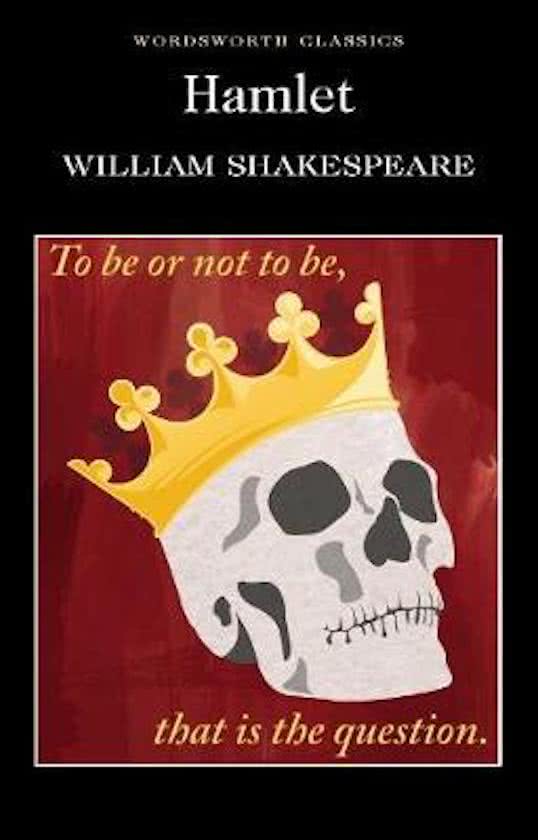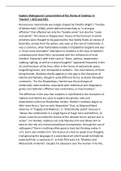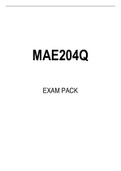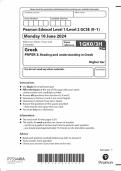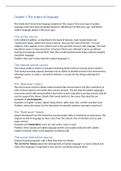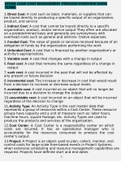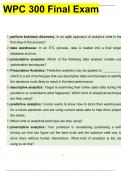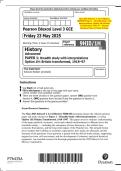‘Hamlet’ + AO3 and AO5.
Renaissance melancholia was largely shaped by Timothy Bright’s ‘Treatise
of Melancholie’ (1586), which defined melancholy as “a strangue
affliction” that affected not only the “bodely sense” but also the “soule
and spirite”. This drew on Hippocrates’ theory of the humours in which
emotions were thought to be governed by four bodily fluids: an excess of
black bile, arising from the spleen, was seen as the root of melancholy. It
was a common, often fashionable malady in Elizabethan England and was
a “much more amenable” alternative to madness in the eyes of Hamlet’s
contemporaries (Kate Flint), associated with the refinement of male
intellect. Characters with traits such as “feare, sadness, desperation,
sobbing, sighing, as well as irrational laughter” appeared frequently in the
art and literature of the time, often in the forms of melancholic poets,
languishing lovers, and introspective students – the most famous of them
being Hamlet. Madness chiefly appears in this play in the characters of
Hamlet and Ophelia, though in quite different forms; as Elaine Showalter
comments, “For the Elizabethans, Hamlet was the prototype of
melancholy male madness, associated with intellectual and imaginative
genius; but Ophelia’s affliction was erotomania, or love-madness”.
The difference in the way that madness is manifested in the characters of
Ophelia and Hamlet are used to explore the gender roles and
expectations within an Elizabethan society. Hamlet’s madness begins as
little more than a “put on antic disposition” that, as Maynard Mack
observes in ‘Tragedy and Madness’, is “dramatically useful” because it
“allows the combination in a single figure of tragic hero and buffoon, to
whom could be accorded the licence of the allowed fool in speech and in
action”. For Hamlet, madness not only liberates him and allows him to
take on the role of a moral and political commentator, through the use of
soliloquies (“there is nothing either good or bad, but thinking makes it
so”), but it also entitles him “the license of a fool to speak cruel thoughts,
transgressing the language of a social decorum which would normally be
expected from a royal prince”, as Kate Flint puts it in ‘Madness and
Melancholy in Hamlet’. Despite his obsession over the women in his life,

